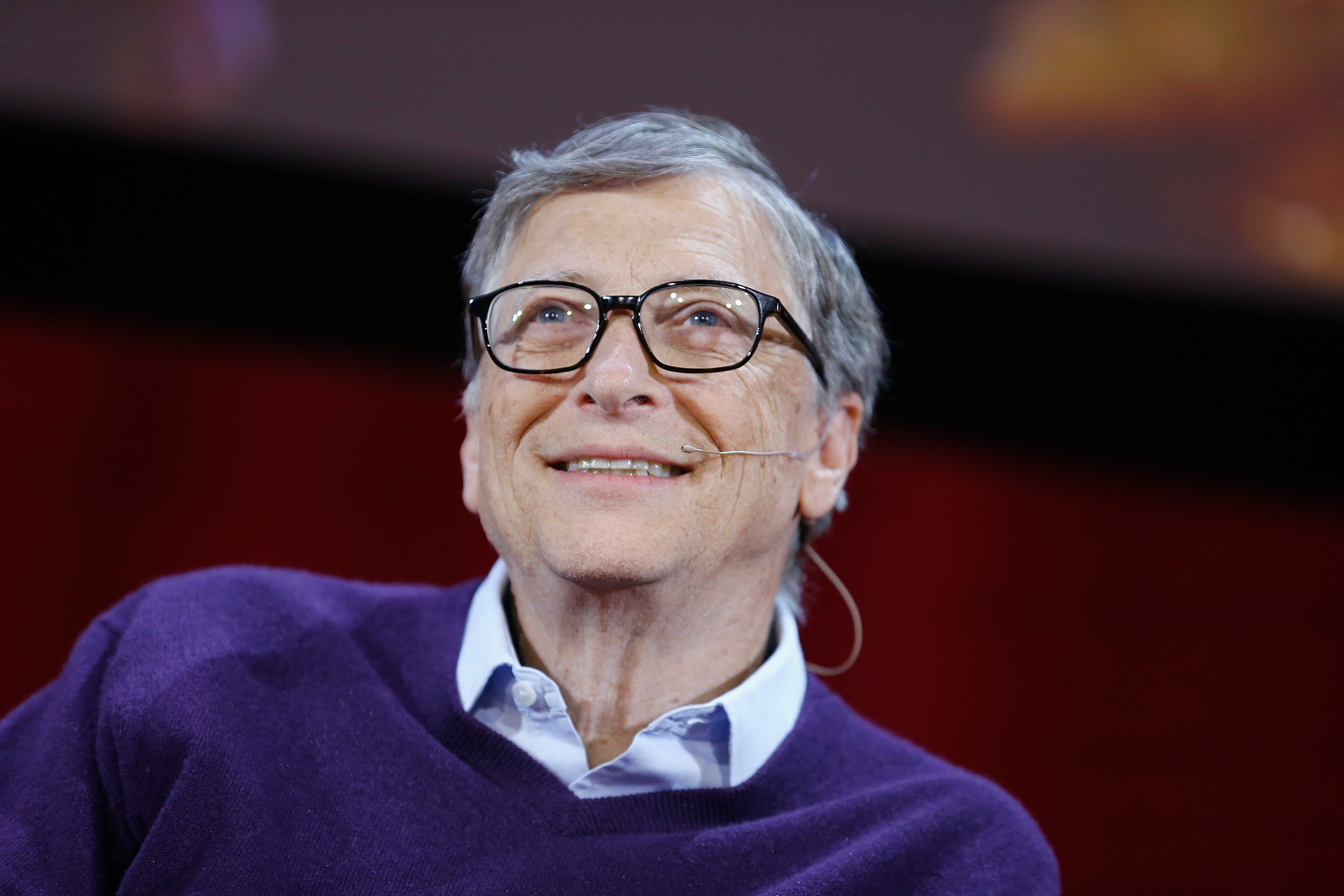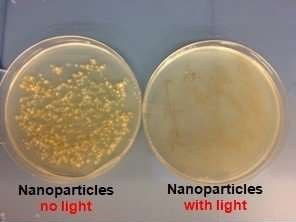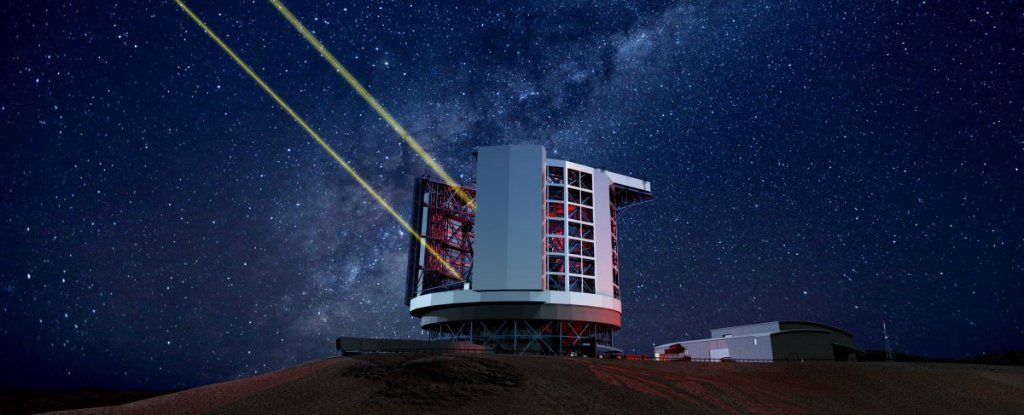Today, we would like to share with you the talk given by Kelsey Moody, CEO of Biotech Company Ichor, at the recent Ending Age-Related Diseases: Investment Prospects & Advances in Research conference in New York City. In this talk, Kelsey discusses Ichor’s protein engineering platform, how Ichor has used it, and Ichor’s plans for using it to discover new classes of drugs for age-related diseases.
Kelsey is a process-oriented biotechnology executive who has specialized in the study of aging and aging mechanisms for over a decade. Since 2013, he has successfully built Ichor Therapeutics from a living room start-up into a premier, vertically integrated contract research organization that focuses on preclinical research services for aging pathways. Proceeds from this work are used to self-fund R&D initiatives that constitute Ichor’s portfolio companies in enzyme therapy (Lysoclear, Inc.), small molecule drug discovery (Antoxerene, Inc.), and protein engineering (RecombiPure, Inc.) Kelsey has received graduate-level training in medicine, business, and laboratory research.






